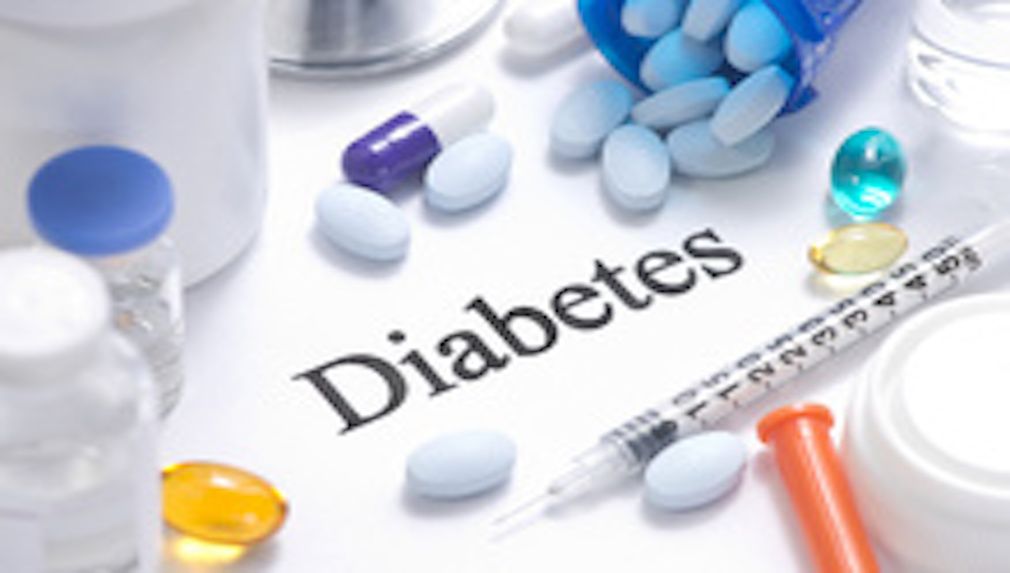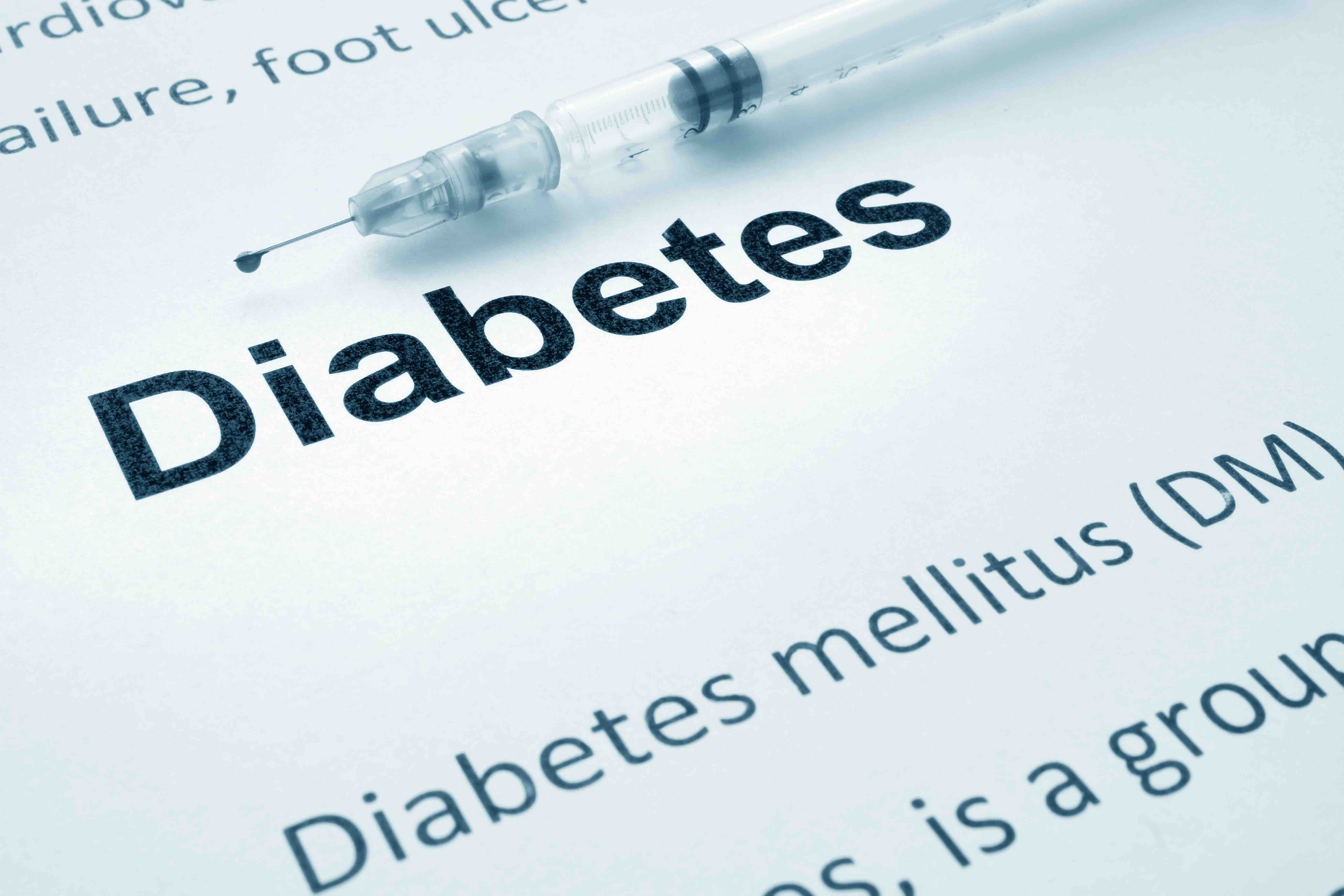Article
Geisinger Study Finds Signs of Heart Disease in Obese Kids as Young as 8
Author(s):
The study by the well-known health system could not even test some children because they were too large for the MRI machine.
Promoting healthier lifestyles has been a major theme of the 2015 American Heart Association Scientific Sessions, and that was reinforced Tuesday when the organization touted a study that warned obese children as young as 8 years old can show signs of heart disease.
Researchers from the Geisinger Health System, which covers much of central Pennsylvania, compared 20 obese children with 20 children of normal weight, and studied differences in the hearts of the 2 groups. The study was presented today in Orlando, Florida.
What they found was startling: in the obese children, there was 27% more muscle mass in the left ventricle, and their heart muscles were 12% thicker. Both are characteristic of heart disease. The 40 children in the study received magnetic resonance imaging (MRI) to measure the heart dimensions and functioning.
Forty percent of the obese children were already considered at high risk of developing future health problems, even though none were showing any physical symptoms. Of the 20 children considered obese, 7 were teenagers, and 5 already had a body mass index above 35—far above the level of 30, which CDC recognizes as the official level of adult obesity. The CDC defines pediatric obesity as a child’s height and weight being above the 95th percentile.
Several children already had conditions associated with excess weight, such as asthma, high blood pressure, and depression.
What’s truly alarming? Researchers had to omit children who had already been diagnosed with diabetes or who were too large to fit in the MRI machine to have images taken of their heart.
“This means that the actual burden of heart disease in these obese children may have been underestimated in our study, because the largest kids who may have been most severely affected could not be enrolled,” said Linyuan Jing, PhD, lead author and a researcher for Geisinger.
Health plans take an interest in childhood obesity because it’s a sign of future heart problems that will become their responsibility. In the United States, childhood obesity has grown as an issue of public concern, and has been the focus of efforts including an overhauled National School Lunch Program and the “Let’s Move” initiative of First Lady Michelle Obama.
“Parents should be highly motivated to help their children maintain a healthy weight,” said Jing. “Ultimately, we hope that the effects we see in the hearts of these children are reversible; however, it is possible that there could be permanent damage. This could be further motivation for parents to help children lead a healthy lifestyle.”
Reference
Jing L, Suever JD, Umasankar N, et al. Obese children with concentric hypertrophy and impaired cardiac strain: a potentially high-risk subgroup identified with cardiac magnetic resonance. Presented at the American Heart Association Scientific Sessions; Orlando, Florida; November 10, 2015; Poster T 2022.





